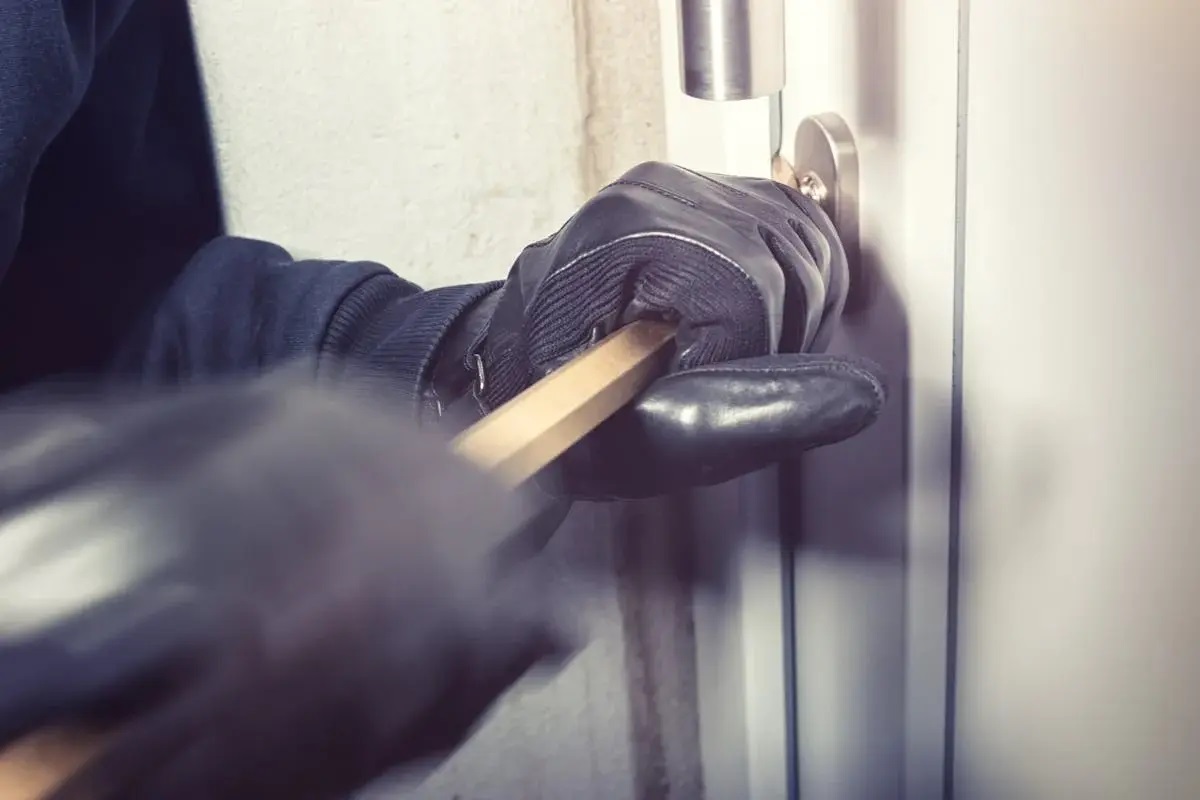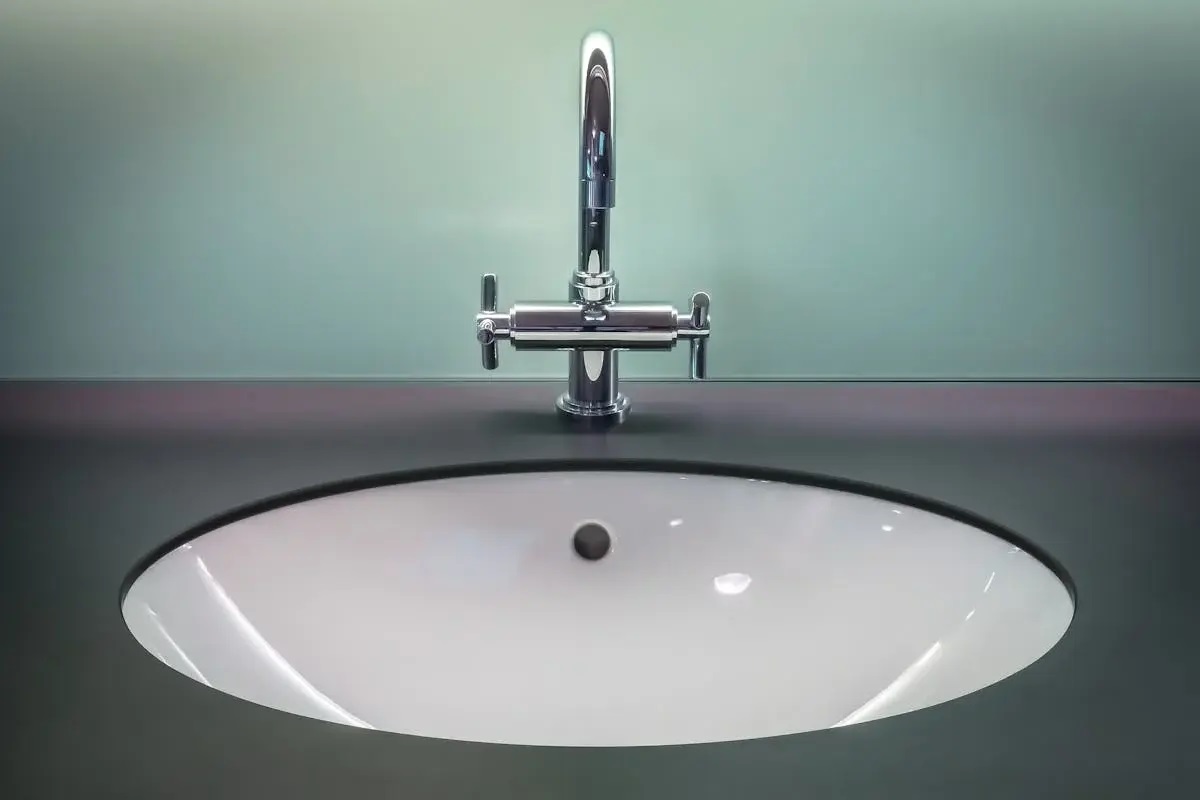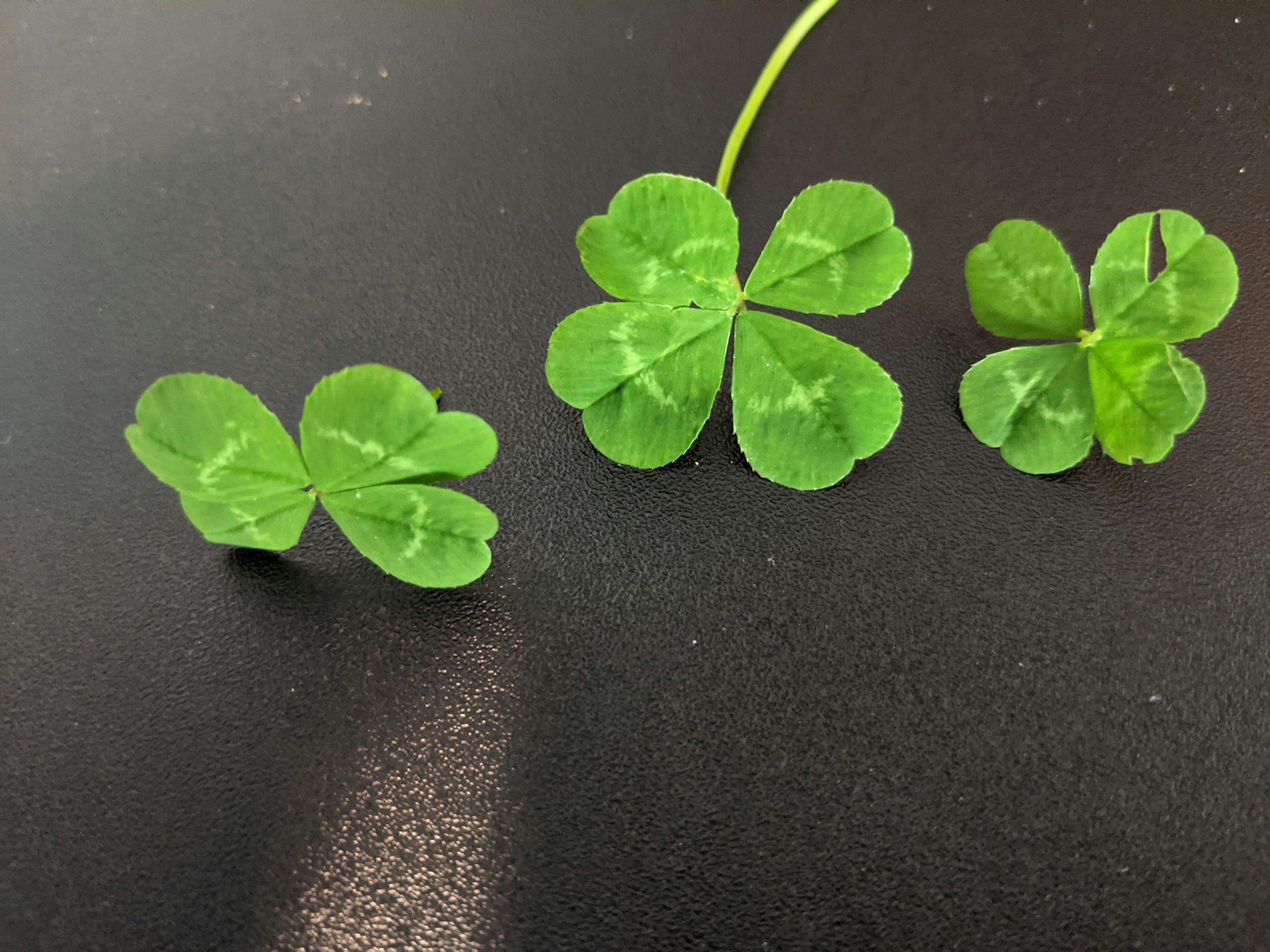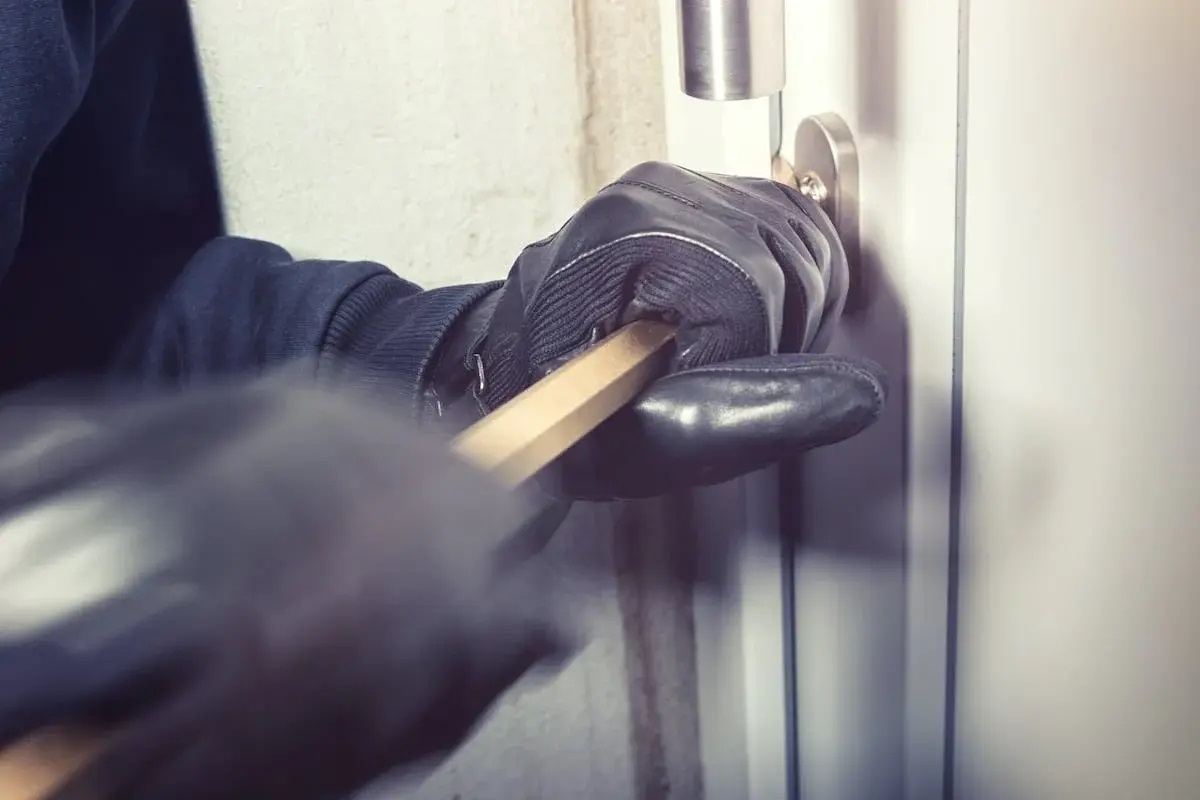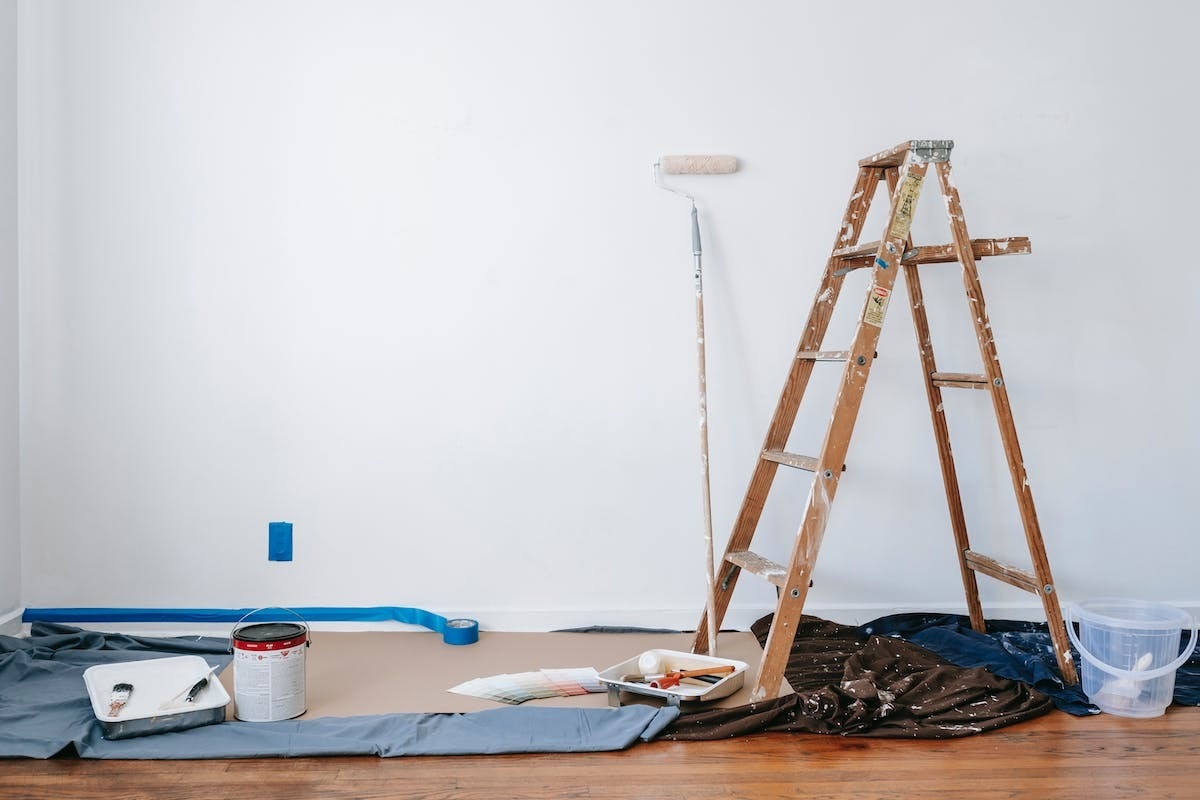
Pests may love your attic even if you don’t
___
Published Date 1/31/2024
Even if they could pay part of your mortgage each month, it’s doubtful you’d want mice, rats, bats, termites, or cockroaches to take up residence in your home. They’re simply not fun bedfellows.
Realtor.com’s Larissa Runkle says that now that you finally got around to putting all of your holiday decor back in the attic, you may have noticed damage done by some unwelcome houseguests. After all — it’s winter and they have to live somewhere.
“Knowing precisely what you’re dealing with can be challenging when you encounter a mess made by pests. And since most of these creatures don’t come out and introduce themselves, it might take some digging to identify the problem and solution,” says Runkle. She spoke to pest control experts about visitors most likely to camp in your attic this winter, telltale signs of common infestations, and how to mitigate the problem.
Tea and sympathy take no part in having guests like these; before you embark on any pest eradication, know that most pests carry a slew of bacteria and diseases. “Be sure to wear gloves and a mask when checking areas or dealing with a mess left behind,” says Runkle. “Clean up with a disinfectant spray or bleach solution. If you’re using a vacuum, you’ll want to make sure it has a HEPA filter to avoid making contaminants airborne.”
Pest expert Emma Grace Crumley says, “Attics can be unsafe if you don’t know how to move throughout them. If the pest entry point is on the far end of your attic or in a dangerous area, contact a professional for assistance.”
Just because Steamboat Willy Mickey Mouse lost his vaunted copyright status recently doesn’t mean you want his family to move in. Mice are among the most common unwanted houseguests, both destructive and health hazardous if their mess (and overall presence) is left untreated. Look for mice droppings (they look like muddy grains of rice), gnaw marks on electrical lines and wood, and food caches, a Terminix expert advises. You might even be able to smell mouse urine, which has the same odor as a dirty hamster cage.
Common entry points are near air-conditioning lines entering the home, through holes in brick, around hose spigots, and in expansion joint gaps. Once those are blocked, set some traps. Speaking of Mickey, believe it or not those classic snap traps shown in cartoons since the beginning of time are still the best control device on the market for mice. Slather peanut butter, chocolate, sesame paste, and hazelnut spreads. They have a rich palette and care little about fat content.
Rats? Mice on steroids. “Think bigger mess, larger droppings, and louder scampering sound,” says Runkle. “Rats will also cause significantly more damage than smaller rodents, which isn’t surprising considering the tooth marks double that of a mouse. They will readily chew through concrete and cinder blocks. Look for rub marks — black, greasy stains left behind as rodents rub against walls. Time to bring out the big guns; electronic traps are the best traps for their demise.
Bats don’t fly as slowly as they do in old Dracula movies. They’re furtive little creatures, so if a bat has chosen to make your attic its winter home, you’ll want to start by educating yourself about local regulations surrounding pollinators. In many places, you aren’t allowed to harm bats.
“It’s important to deal with bats correctly as they are beneficial creatures with a low reproductive rate,” says pest control guy Craig Sansig. “Some are threatened and even endangered.”
Common signs of bats include fluttering sounds and droppings outside an entry point to the attic. Identifying this access is vital since getting rid of bats mainly involves guiding them toward it and then sealing it shut once they’ve left.
“Install a bat cone over the exit, which allows bats to exit but not reenter,” says Sansig. Once the bats are gone, remove the bat cone and install a more permanent seal.
See a solitary dead cockroach somewhere in your attic? You can bet he’s got friends. Look for fecal stains or small, black, poppy seed-sized pellets scattered around accompanied by a musky odor. Cockroach eggs look like beans or little hard, ribbed pellets, usually attached to a corner or tight area.
This is one instance when noticing a few in the attic doesn’t mean you have an infestation. “Roaches in your attic is more of an entry point concern than an infestation concern,” says one expert. “Once unwanted entry points that let roaches into your attic are addressed, your problems should subside.”
Termites spell trouble — period. Consider calling in a professional as soon as possible. The two main types of termites are subterranean and drywood varieties.
Subterranean termites are found underground, living in the soil but able to infest a home by entering through the foundation. Once inside, they build mud tubes. Drywood termites feed on dry, non-decayed wood and can be slightly harder to recognize. Small piles of wood pellets indicate that nearby wood is infested. Seeing tiny translucent wings around your attic is another huge sign of drywood termites.
Eradicating termites is NOT a DIY job. They are rapidly destructive. Call a pest professional immediately.
Realtor, TBWS
All information furnished has been forwarded to you and is provided by thetbwsgroup only for informational purposes. Forecasting shall be considered as events which may be expected but not guaranteed. Neither the forwarding party and/or company nor thetbwsgroup assume any responsibility to any person who relies on information or forecasting contained in this report and disclaims all liability in respect to decisions or actions, or lack thereof based on any or all of the contents of this report.
This content is not intended for consumer use as defined under Regulation Z and is intended for approved brokers’ informational use only. Pricing and/or program parameters are subject to change without notice. The information on this site is not intended as an offer to extend credit nor a commitment to lend. Products and services are not available to residents of states in which Sage Home Loans Corp. is not licensed. Sage Home Loans Corp. is not licensed in all 50 states. See "Where We Lend" for additional licensing information about the company. Sage Home Loans Corporation NMLS ID #3304 (Sage Home Loans Corporation (CA) in the state of Georgia; Sage Loans Corporation(CA) in the states of Florida, Nebraska and Washington), formerly known as Lenox Financial Mortgage Corporation (doing business as WesLend Financial, WesLend Financial Corp., Lenox Financial Mortgage Corporation (CA), Lenox Financial Mortgage Corporation of California). ©2024


Sage Wholesale
Marketing
NMLS: 3304
Sage Wholesale
200 SANDPOINTE AVE, 8th Floor, SANTA ANA CA 92707-5751
Company NMLS: 3304
Office: 949-681-5253
Cell: 818-793-6650
Email: Info@SageTPO.com

Sage Wholesale
___
Marketing
NMLS: 3304
Cell: 818-793-6650
Last articles
___

When a gambling addiction affects ‘home sweet home’
4/26/2024
It’s the nightmare we think only happens in the movies. “We have to pack,” says ... view more

Markets find relief as March PCE meets expectations
4/26/2024
Yesterday the release of the advance Q1 GDP sent rates up and MBS prices lower. ... view more

Volatility spikes on GDP data
4/25/2024
The preliminary 1st QTR GDP was much lighter than expected, showing a QoQ increa... view more

Elegant decor updates need not break the bank
4/24/2024
Ever notice how some of the most elegant clothing and beautiful home decor have ... view more

Never underestimate the value of professional real estate agent representation
4/22/2024
Click the link; buy a sofa. Click on another; buy a pergola for your backyard...... view more

Three things that could impact rates this week
4/22/2024
These are the three areas that have the greatest ability to impact rates this we... view more

Lipstick on a pig? Some flips are a mess without their makeup
4/19/2024
Cosmetically all the hard work had already been done for them. What they didn’t ... view more

Geopolitical tensions continue to concern markets
4/19/2024
Israel retaliated against Iran last night. Tit for tat may have run its course..... view more

Labor data remains strong with low Initial Weekly Jobless Claims
4/18/2024
Initial Weekly Jobless Claims remained very low at 212K versus estimates of 215K... view more

Master Planned Neighborhoods Leave Nothing to Chance
4/17/2024
You’ve seen them. Sometimes there is a grand entry with a sentry-like gate, a sh... view more
Load more
 Sage Wholesale
Sage Wholesale

